Do you know how much you should be spending on your pay-per-click advertising? If you are looking to ramp up your marketing efforts this year, you may be considering PPC. However, it is important to know how much you should be investing in order to ensure the highest return.
Learn more about what to expect within the current market, how to avoid failure in your campaigns, and what we have found to be the magic number when it comes to PPC strategy.
Video Transcription:
Happy New Year and welcome back, it’s Ryan Miller with Etna Interactive and we’re going to talk today about one of the questions we get asked really all the time which is ‘how much should we be spending on pay-per-click advertising?’
Now let’s acknowledge where we are right at the outset of this video. It’s January of 2022 when we’re filming, we’re coming off two record years in medical aesthetics so why might clinics be looking at paid advertising right now? Well, we know that we’re coming into seasonally, peak season as we arc toward May of 2022, and a lot of clinics are looking to grab more of that market share while the grabbing is good. Others still that we are talking with today are looking at, well hedging at the possibility that we might see markets softening with all of the things that are happening out there in the world like Omicron and inflation.
So, it’s a good time to be looking at getting into the market because it takes time to optimize PCC performance. But why we’re here, the question of the day is what’s that magic number? How much should you be investing in pay-per-click advertising to make it work?
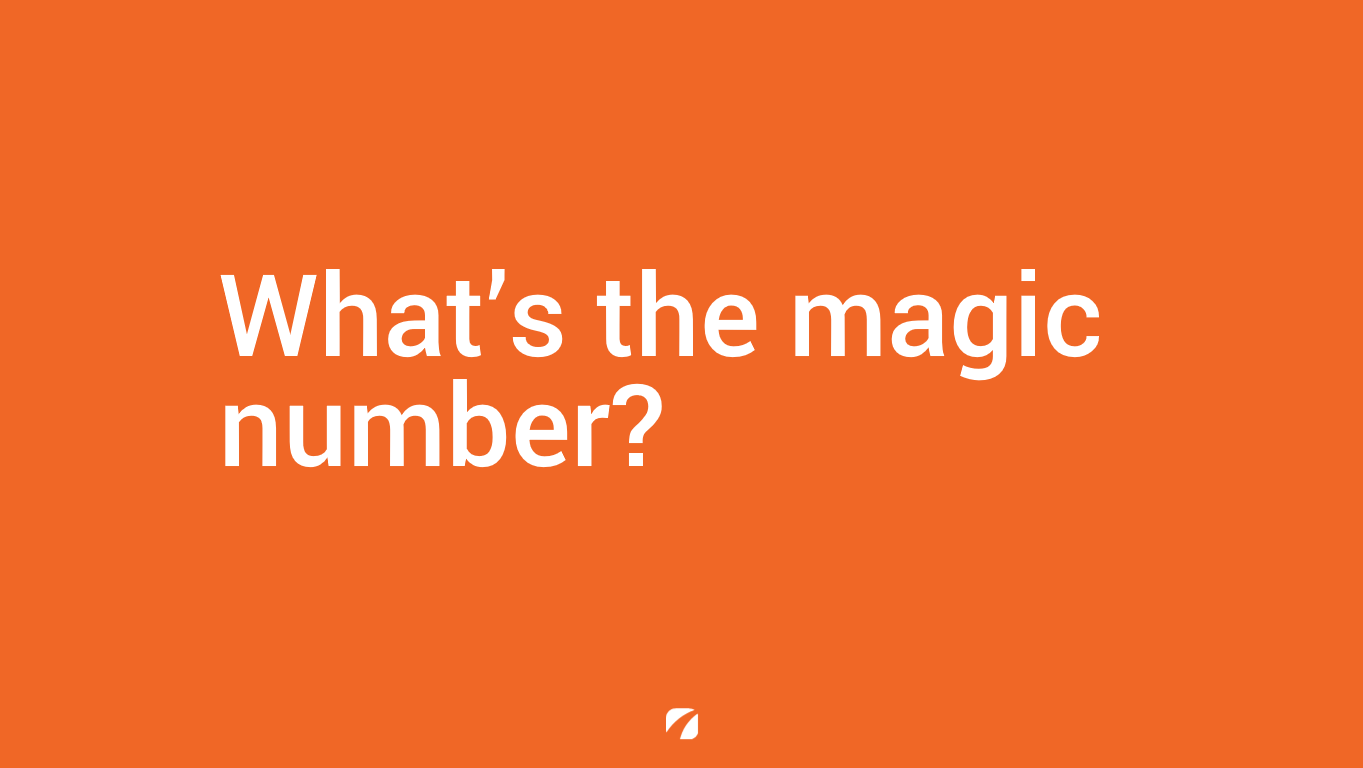
Well, we’ve got to acknowledge before we dive in too deep that PPC right now, well it’s the riskiest it’s ever been for small business. Google has made changes to well, there’s these things called match types. The way that they match the keywords that people search to the ads that you offer up. They’re defaulting now toward a Broad Match match type that well, while it shows you ads more often, it tends to perform less efficiently than a carefully tuned campaign.
At the same time, they’ve launched new tools for small businesses like smart and auto-bidding tools that auto-optimize the expression, the running of your ads but they tend to favor high circulation over high performance.
In the midst of all this, well Google’s got new restrictions over the last few years about which procedures can be advertised, what language can be used, and navigating that landscape can be difficult for the small business that isn’t devoted to this full time.
Top it all off, we’ve got major competitors, both regional medical networks and national players, bidding for keywords inside your market. All of those are raising the average cost per click while making it easier than ever before for you to over-spend in your campaigns.
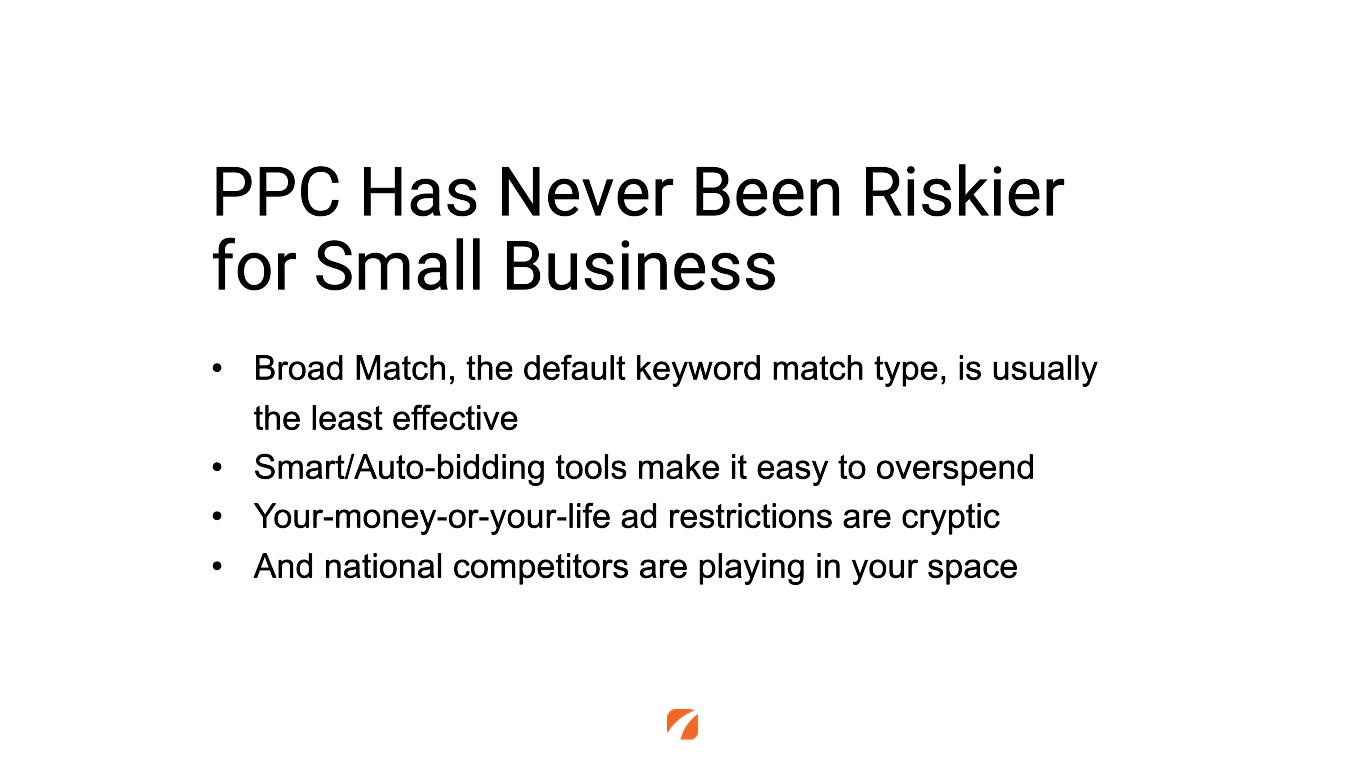
So, in the face of that, a lot of clinic owners think, ‘well, I’ll just start small. If I can show that PPC works, I’ll increase my bidding over time’ and unfortunately that’s the exact opposite way that you should be thinking.
You need to start big in the beginning and the why is this—because you need data. Data is what allows us to dial in keyword strategy, the specific geographic targeting, the timing on our bids, and our bidding strategy, like to what position we want to bid, and it allows us to optimize something that they call quality score.

When new ads are launched, we have no quality score. Google then assigns us, early in our campaigns, kind of an average quality score based on a general assessment of our ad quality, our landing page quality. But on through watching the performance of those ads does the quality score get refined over time.
Now, why am I spending so much time on quality score? Because good quality scores mean that you get to pay less per click and show up higher in those search results, and that’s ultimately one of the most important things that we want to optimize campaign performance.
So, when it’s all said and done, the only way we get that data, and we get it quickly is by spending big. Right, big spends get big activity which results in just enough data to be able to optimize those campaigns, and once we have that data we’re going to let that data drive our advertising at scale meaning we now know what works. We’re able to dial in our campaigns and usually, we actually want to spend more after the big initial investment rather than spending less.
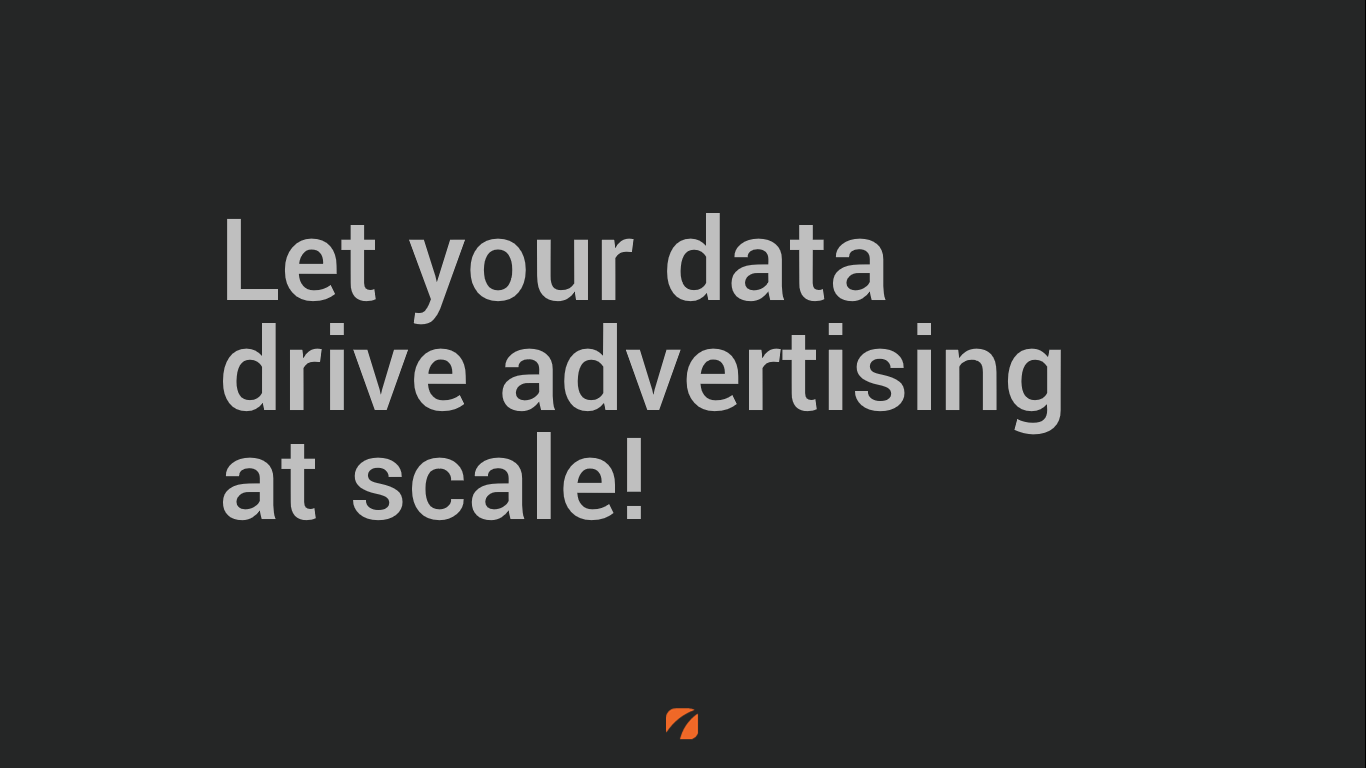
So, what’s the magic number? Well, what we’ve found by managing hundreds of campaigns for aesthetic practices all over North America is the magic number seems to be at about a $1,000 per month, per procedure range. So if you are developing an online PPC strategy let’s say that targets three specific procedures, and you’re in one geographic region, in one month you’re going to spend about $3,000, $1,000 per procedure as your starting investment.
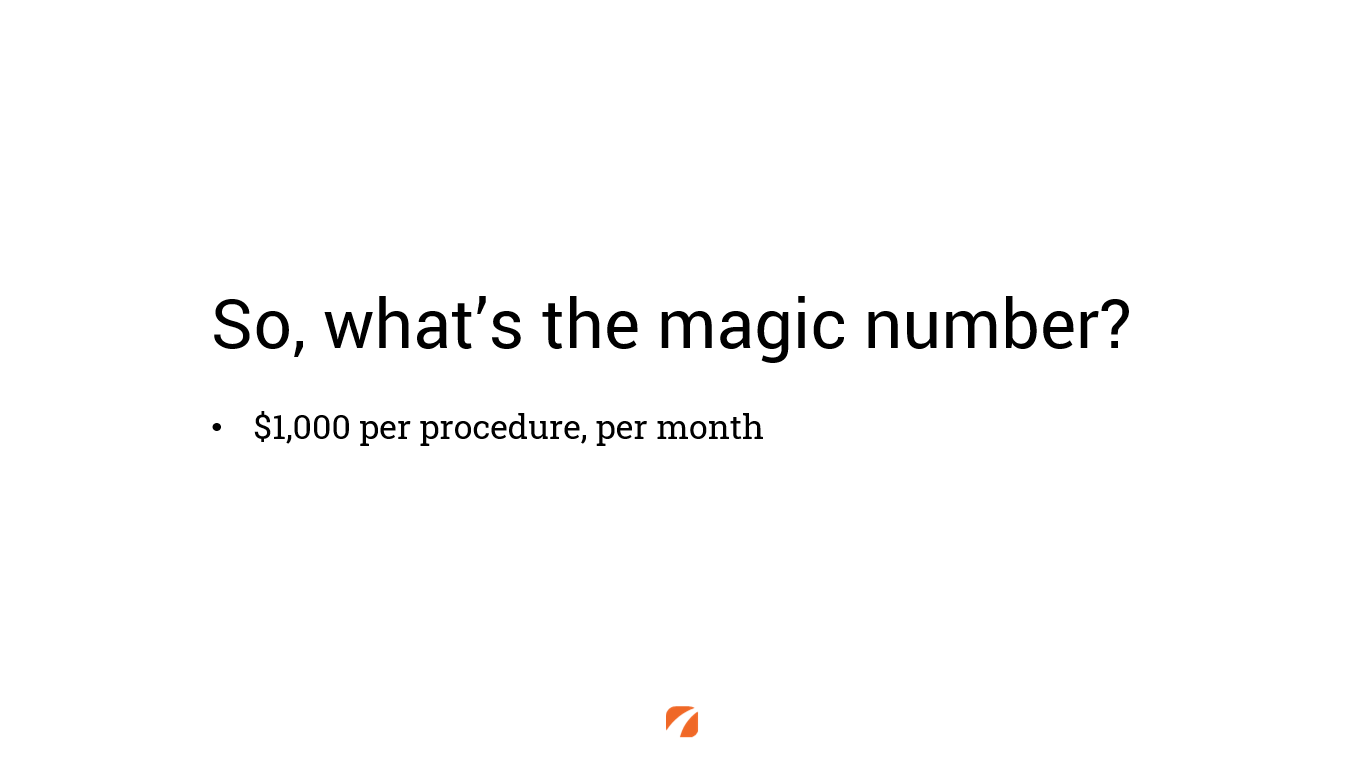
Less than that, campaigns tend to underperform, you can’t get data quick enough, and it’s really difficult to scale up in order to make that campaign run profitably.
So, bottom line when it comes to PPC, it’s one of the online channels where you really need to go big or don’t start at all. If you have questions about paid search, reach out to us online we’ll be happy to help.
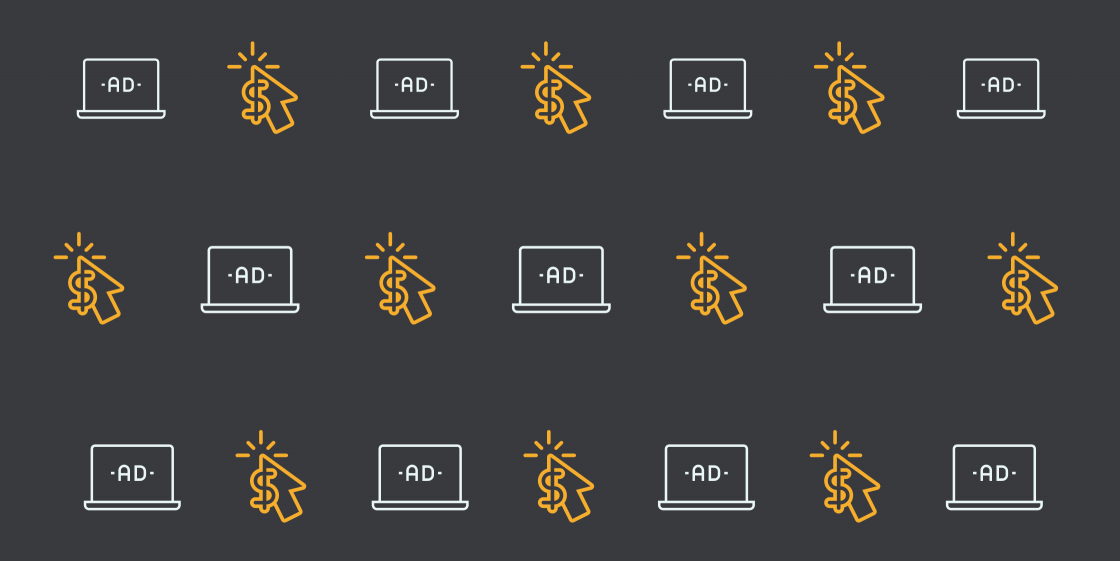

Leave a Comment